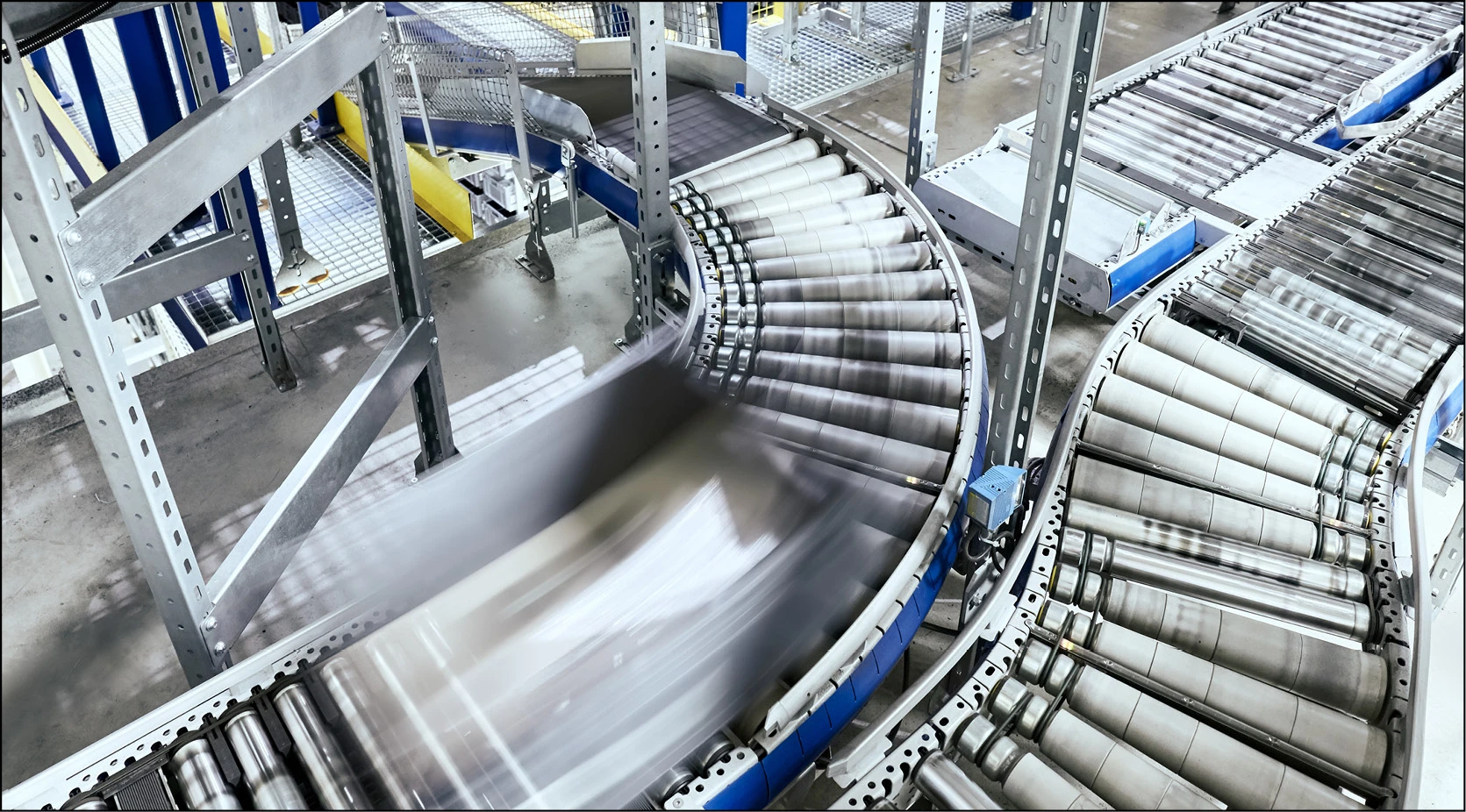Why 90% of Supply Chains Stall on AI—and How to Break Through

AI is no longer a future-facing experiment—it’s fast becoming the backbone of competitive supply chains. In retail and apparel, where speed, risk, and compliance pressures collide, artificial intelligence is proving critical to both resilience and growth.
Yet, the State of Supply Chain 2025 Report reveals a troubling reality: most companies remain stuck in “pilot purgatory.” Fewer than 10% have achieved full automation, and over 45% are still operating with less than 25% digitization.
The Digital Divide
The report exposes a widening digital maturity gap. Digital leaders enjoy shorter lead times and better risk mitigation, while laggards continue using siloed, manual systems. Among suppliers, especially in emerging markets, digitization lags even further behind. For example, many Indonesian factories are still piloting Industry 4.0 technologies without scaling them.
AI in Practice: What Works Now
AI’s most successful supply chain applications fall into four core areas:
1. Forecasting & Demand Planning
AI improves forecasting accuracy and reduces overproduction, directly addressing sustainability and EPR pressures. Brands use AI to simulate scenarios such as tariff changes and port disruptions. As Barry McGeough of Americo notes: “AI is an accelerant for everything… it optimizes demand planning and speeds up decision-making.”
2. Risk Management & Visibility
Real-time dashboards powered by AI help companies anticipate delays, cost spikes, or compliance issues. Around 18.5% of survey respondents use AI-based platforms to dynamically monitor suppliers and logistics. Predictive models help mitigate issues before they disrupt operations.
3. Compliance Automation
With tightening regulations like UFLPA and EU human rights due diligence, more than 35% of companies are turning to digital passports and AI-driven document processing. Leading tools now automate customs compliance and detect origin fraud, significantly reducing paperwork while improving accuracy.
4. Warehouse & Freight Automation
Retailers like Walmart and Oxford Industries are scaling robotics in distribution centers, while logistics startups are leveraging AI to automate freight tasks and communications. These tools reduce manual labor, increase throughput, and improve shipping accuracy.
Barriers to Scale
Despite proven benefits, companies face hurdles scaling AI:
• Cultural Resistance: 70% cite internal resistance and ROI uncertainty.
• Data Quality: Poor supplier data undermines AI outputs.
• Pilot Purgatory: Many projects stall without cross-functional leadership.
Strategic Shifts: From Experiments to Ecosystems
To escape pilot mode, companies must:
• Align AI with urgent business pain points (e.g., compliance overload).
• Reinforce early wins with reinvestment and phased rollouts.
• Unify systems into integrated platforms with shared data.
• Upskill teams and standardize new workflows.
As the report notes, “AI applications like demand forecasting, automated compliance, and dynamic risk modeling demonstrate tangible ROI. The challenge is scaling these under a unified strategy.”
Why It Matters Now
With U.S. tariffs already rising and forced labor scrutiny intensifying, the cost of inaction is growing. AI-driven compliance tools, Indonesia’s Industry 4.0 push, and India’s digitized sustainability efforts all illustrate how the landscape is shifting fast.
Brands that scale AI across planning, sourcing, quality, compliance, and logistics will build resilience, efficiency, and competitive advantage. Those that stay siloed risk getting outpaced.
Inspectorio’s Role
Inspectorio supports platform-level transformation by centralizing quality and compliance oversight, automating risk detection, and enabling transparency. By helping brands and suppliers collaborate in real-time, Inspectorio accelerates the journey from manual audits to intelligent ecosystems.
Final Thought
AI is no longer a future priority—it’s a present-day imperative. Scaling it isn’t about experimentation anymore; it’s about staying competitive. Break out of pilot purgatory. Connect your systems. Empower your teams. Build an agile, intelligent supply chain built for today—and ready for tomorrow.




